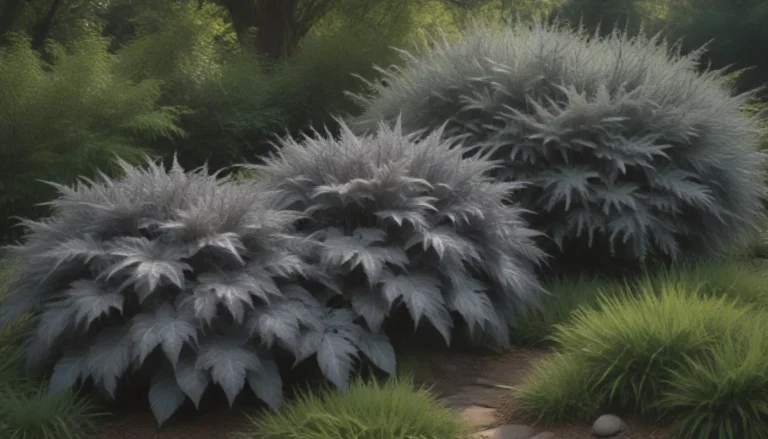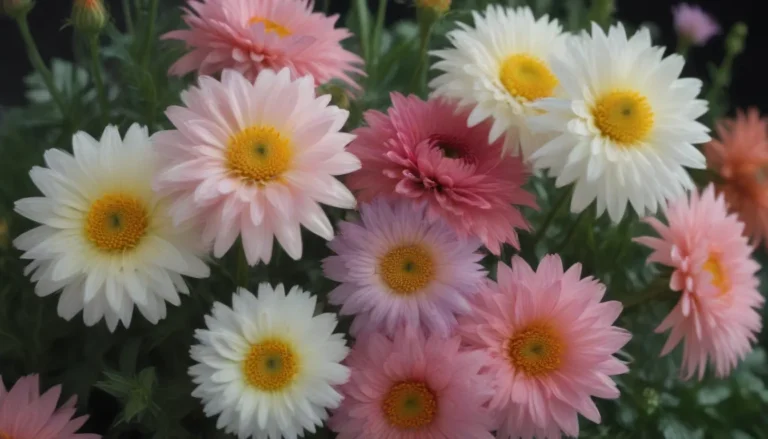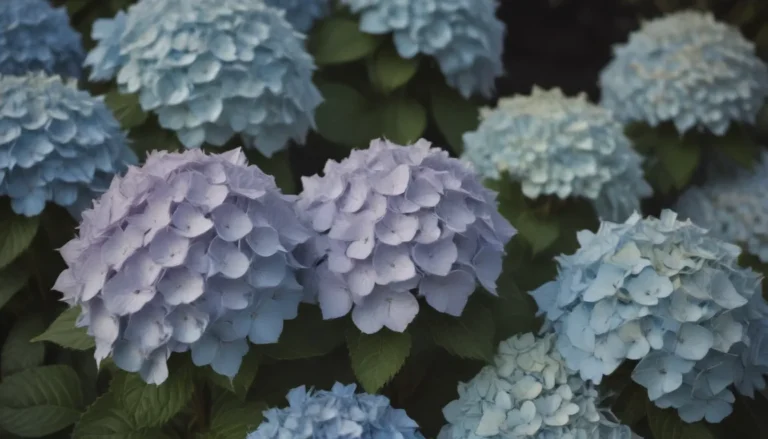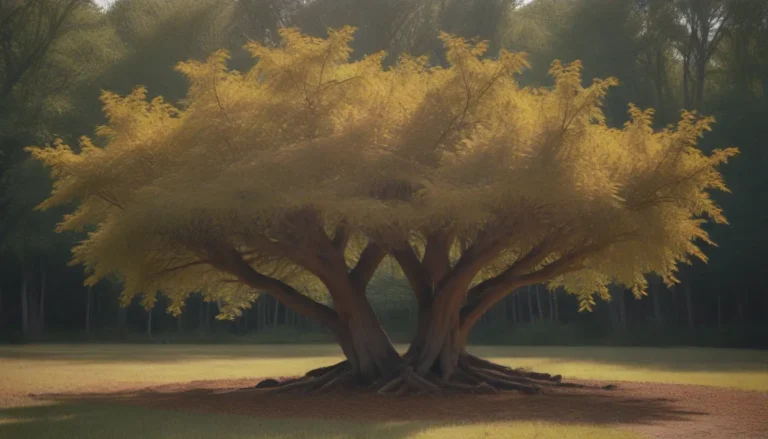The Complete Guide to Cowslip (Primula veris): Care Tips, Habitat, and More

Welcome to our comprehensive guide on all things cowslip (Primula veris)! If you’re a plant enthusiast looking to learn more about this beautiful spring blooming plant, you’ve come to the right place. In this article, we’ll cover everything from how to identify cowslip to its value to the environment. So, sit back, relax, and let’s dive into the world of cowslip!
Introduction to Cowslip
Cowslip, scientifically known as Primula veris, is a familiar sight in European hedgerows and has also made its way to eastern North America. This lovely plant blooms in the spring with bell-shaped, lemon yellow flowers that add a pop of color to any shaded garden. The crinkled green leaves form a basal rosette, and the flowers nod gracefully on naked stems.
In the primrose family, cowslip stands out for its heat and humidity tolerance, making it a popular choice for gardens in Southern regions. But that’s not all – cowslip is a plant of interest for environmental scientists studying its impact on ecosystems. Its presence or absence can be a valuable indicator of genetic diversity and habitat health.
How to Identify Cowslip
When it comes to identifying cowslip, look for its unique features:
- Basal rosette of crinkly, irregularly toothed dark green leaves
- Lemon yellow bell-shaped flowers with five petals
- Long green tube-shaped casing (calyx) surrounding each flower
- Nodding clusters of flowers facing one side of the stem
Habitats of Cowslip
Cowslip can be found in a variety of habitats, including meadows, woodlands, grasslands, hedgerows, clifftops, coastal sand dunes, and gardens. This versatile plant thrives in average soils from clay to dry chalk and prefers partly shaded areas. In Northern climates, cowslip can also tolerate full sun with sufficient watering.
If you’re planning to grow cowslip, keep in mind that it doesn’t like standing water but prefers moist soil. In hotter regions, potted plants may need daily watering during the summer. Cowslip adds a burst of color in spring and can be grown in clumps, meadows, woodland, cottage gardens, and even in pots.
How to Use Cowslip in Your Garden
Here are some tips on incorporating cowslip into your garden:
- Plant seeds in autumn in Northern climates or in spring in the South for blooms the following year
- Cowslip naturalizes easily and can be grown as edging, in borders, rock gardens, meadows, and woodland areas
- Thrives under trees, in boggy areas near water, and along coastal sand dunes
- Low maintenance plant adaptable to various soil and light conditions
Remember to fertilize with a slightly higher phosphorous content in early spring, protect potted plants from frost, and deadhead spent blooms to encourage continuous flowering. Cowslip prefers morning sun and less than 6 hours of direct sunlight per day.
Other Varieties of Primrose
In addition to cowslip, there are other types of primrose worth exploring:
- Primula x polyantha
- Primula denticulata (drumstick primrose)
- Primula kisoana (hardy primrose)
- Primula japonica (Japanese primrose)
Each variety offers its own unique characteristics and can add diversity to your garden.
Value of Cowslip to the Environment
Cowslip flowers play a vital role in supporting pollinators such as bees, butterflies, and beetles. Their highly aromatic blooms provide an early source of pollen and nectar, making them an essential food source for many insects. Additionally, cowslip is deer and rabbit resistant, making it a durable option for gardeners.
Beyond its beauty, cowslip serves as a bellwether plant for biodiversity. By cross-pollinating with other flowers, cowslip contributes to genetic diversity and supports a variety of plant and insect life in an ecosystem. Environmental scientists use cowslip populations to assess the genetic health of habitats and to monitor ecosystem stability.
In conclusion, cowslip is not just a pretty plant for your garden – it’s a valuable asset to the environment and a key player in supporting biodiversity. By incorporating cowslip into your garden, you’re not only adding a splash of color but also contributing to the health and balance of your local ecosystem. So, next time you see a cluster of nodding yellow flowers, remember the important role cowslip plays in nature’s intricate web. Happy gardening!





